The Rise of Liverpool: A History of the Major Port in the 17th-18th Centuries
Liverpool was the outlet for Britain's trade (and imports). This article shares part of the history of the Port, social and architectural with readers as the Georgian era evolved, the empire grew and the industrial revolution followed including canals, the railway and Manchester. An Antipodean travel company serving World Travellers since 1983 with small group educational tours for senior couples and mature solo travellers.
16 Mar 22 · 10 mins read
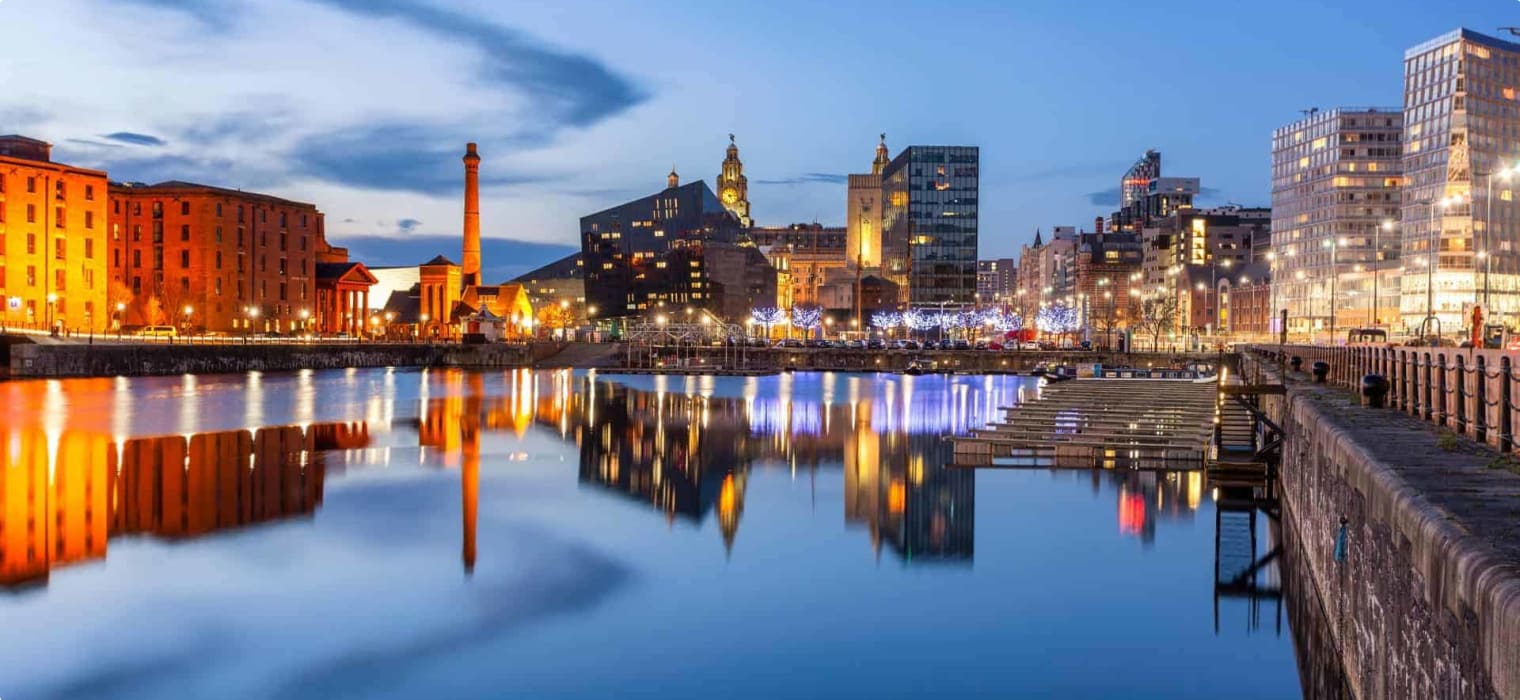
Liverpool Port History, United Kingdom
Although King John established Liverpool (then ‘Livpul’) way back in 1207, it was still an insignificant seaport by the time of the English Restoration in 1660. The town’s merchants engaged in small scale trade with Ireland and France, but they were excluded from the lucrative dealings which had developed between England and the Baltic with the Hanseatic league southern Europe, and the British Empire’s Atlantic colonies.
During the last three decades of the seventeenth century, however, Liverpool emerged as one of England’s leading ports. The port’s commercial rise began as a result of profitable trade with the Americas and the West Indies. Its merchant fleets subsequently carried salt, naval stores, wines, iron, and eventually slaves, dominating the transatlantic slave trade in the second half of the 18th century.
The port of Liverpool’s dominance can largely be attributed to its strategic location. The size of its harbour on the River Mersey Estuary facing into the Irish Sea made it highly convenient for oceangoing vessels. While ready access to the cloth making and metalworks districts of the Mersey hinterland made it an excellent base from which to export to Europe, Africa, and the Americas. As such, by the close of the 18th century, the town had risen to be the second most important port in Britain.
This article explores Liverpool’s rise to dominance as a seaport during this time, intended as background reading for Odyssey Traveller’s 22-day Liverpool, Newcastle, Glasgow Tour. During this tour we spend a week in self-catering apartments in the Liverpool city centre exploring the port history and more of the maritime mercantile city. Key sites we visits include the Liverpool Cathedral, Royal Liver Building, Merseyside Maritime Museum, the Great Port Gallery, the Old Dock, and the River Mersey Ferry.
For more information on Liverpool’s maritime history, readers are urged to take a look at Paul G. E. Clemen’s ‘The Rise of Liverpool, 1665-1750’ and Tristram Hunt’s The Radical Potter, each of which was used in the writing of this article.

Liverpool-American Trade
Liverpool’s development began to rapidly accelerate after the Restoration and the following growth of English trade with its colonies in North America and the West Indies. This period saw the availability and affordability of new colonial products in England; as the demand for luxury goods grew, so did supply, and prices were lowered. As such, consumption soon spread to the lower strata of the population, with the use of tobacco, sugar, rum, and molasses all becoming common place.
As the demand for such products grew, capital and labour were moved into the newly developing long-haul, bulk-cargo trades and into the colonies themselves. Liverpool was geographically well placed to take advantage of these developments. Not only did its coastal location make it ideal for maritime trade across the Atlantic, but the city also had access to the wealth and population of its hinterland to invest in these areas.
Liverpool merchants capitalized on these developments by tapping the farming villages of Lancashire and the ports of Dublin and Drogheda for men and women willing to abandon their farms for life in the colonial economy, a period now recognised as the Industrious revolution. These men and women were sent to work as servants and field-hands in the Americas. In doing so, they met the demand for labour caused by the steady increase of the free farming population in the Chesapeake, the settlement of South Carolina and Pennsylvania, and the cultivation of previously virgin land in Jamaica.
The sale of servants then provided a wedge with which Liverpool ship captains could establish business in an area controlled by London, Bristol, or Plymouth. Liverpool traders facilitated their negotiations by establishing stores and factories at St Mary’s, Maryland, and by operating chiefly in the less-developed region of the northern Chesapeake.
Similarly, Liverpool found early success in the sugar trade in large measure by supplying colonial producers with labour and provisions via Ireland. From the seventeenth century, Ireland’s human and agricultural resources were critical to meet the demand of West Indian Planters. First Bristol, then Liverpool, and later Lancaster and Glasgow merchants would all exploit this situation by extending their traditional Irish connections into a triangular pattern circumscribing the West Indies. From Cork, Belfast, and Dublin, their ships carried cargoes of beef, herring, pork, butter, horses, and servants to Barbados and Jamaica to reap great profits.
Finally, a series of military conflicts between Great Britain and France from 1689 also had an impact on Liverpool’s initial development of Anglo-American markets. These depressed the Anglo-American staple economies by closing ports, increasing the costs and risks of shipping, and providing employment for men who might otherwise have gone to the colonies. With fewer vessels at sea, crops rotted on the wharf and planters reluctantly accepted lower and lower prices. Simultaneously, the shortage of shipping reduced supply, forcing English prices to rise.
Because of its location, Liverpool was able to safely capitalize on the substantial difference in prices that existed between the colonies and England. Here, ships could enter and embark without meeting French vessels that privateered nearer London and Bristol. As such, Liverpool shipping actually expanded during the wars, while the port’s vessels gained access to the best planting regions and generally returned fully loaded.
As a result of all these developments, Liverpool quickly came to not only be profitably involved in Anglo-American commerce, but also to challenge Bristol, Plymouth, and other outports for control of much of colonial trade.
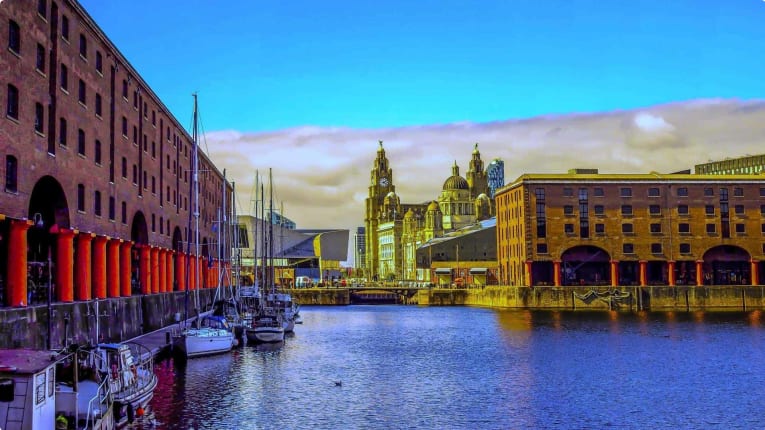
Urban Growth
Another major factor in Liverpool’s rise, complementing its successful commerce with the colonies, was the city’s persistent and diversified urban and commercial growth. Population growth was one indicator of development. When Queen Anne became monarch in 1702, Liverpool had roughly 6,000 residents. By 1720, this had risen to 12,000 inhabitants, before growing to 22,000 in 1753 and then to some 78,000 by 1801.
Responsible for the rapid expansion of the lower strata of society was the development of simple manufacturing and distribution processes for commercial commodities. This both attracted workers to the city and, through a growing specialisation of labour, provided more flexibility in adapting quickly and profitably to new market conditions.
Nevertheless, control over economic life in the town remained concentrated in a mercantile oligarchy of roughly two dozen men. This wealthy and tightly knit group of merchants exercised great political power, pervasively controlling Liverpool’s urban development. They began its harbour renovation in 1709 to expand its shipping capacity; erected the world’s first ever commercial wet dock in 1715, with a capacity of 100 ships, known now as the Old Dock; and promoted its trade with the hinterland by land and canal.
Four more docks were then added over the 18th century, with Liverpool growing to be the third largest port in the country behind London and Bristol. Additionally, turnpikes to St Helen’s, Warrington and Northwich were built alongside the navigation of the Mersey, Weaver and Dane Rivers. This steadily enhanced the volume of commerce from Cheshire and Staffordshire that Liverpool handled.
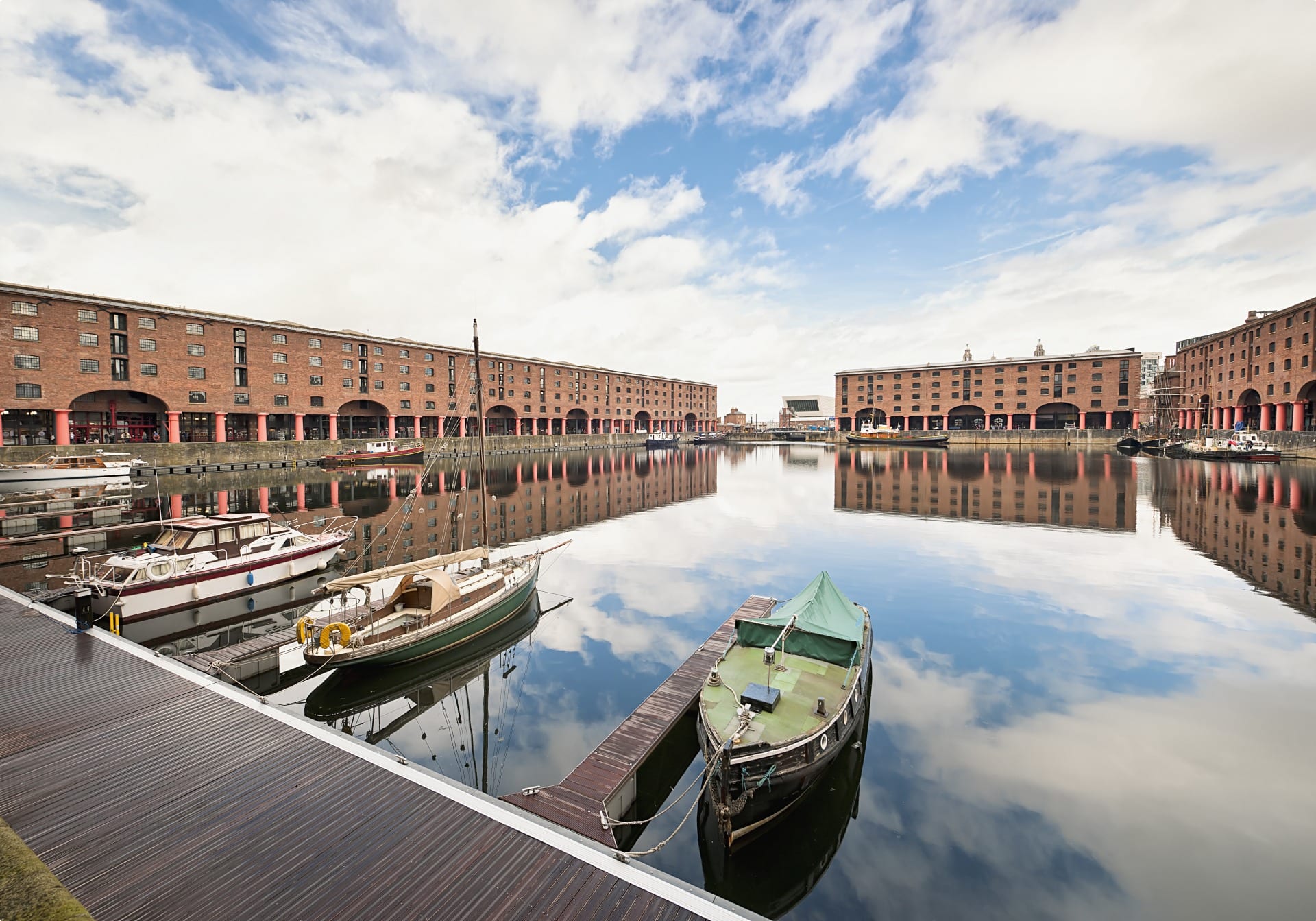
Commercial Growth
Liverpool’s commercial base was also developed during this time. Manchester-manufactured goods and Lancashire woollens were acquired for export; local manufacturing industries grew, such as ironworking, watchmaking, and pottery; and investments were made to stimulate coal and salt production.
Indeed, the process of Liverpool’s commercial development can be said to have begun with the discovery of rock-salt in Cheshire in the 1670’s. Before this, English merchants had generally obtained salt in France or southern Europe for exchange in Ireland and the Baltic. Because of its strategic location, Bristol had dominated this carrying trade. The initiation of mining in the north-west of England, however, allowed Liverpool to replace Bristol as the chief supplier of the product.
Internally, Liverpool merchants developed the financial and transportation network that assured their continued control over the rich salt deposits of Cheshire. Exports to Ireland then grew rapidly. During the early years of the Restoration, ten ships cleared Liverpool monthly for Irish ports. Then In the year of 1699, 270 ships left; and for several years in the 1720s over 400 ships left annually. Trade, which before 168o had usually been limited to Dublin and Drogheda, expanded north to Belfast, Carrickfergus, and especially Newry, and south to Waterford and Cork.
Complementing the Irish trade patterns was a vigorous expansion of business with continental Europe after 1713. Previously, Liverpool firms had focused on Norway, shipping salt and re-exported tobacco in exchange for timber. But with the Peace of Utrecht, signed by the belligerents in the Spanish War of Succession, commercial horizons broadened.
This led to the initiation of regular and more significant trade with Russia and Sweden. New connections were also established in the Netherlands, especially at Rotterdam. And the long-stagnant, war-wrecked relationship with southern Europe was redeveloped. With this, Liverpool ships came with increasing frequency to the wine ports of Lisbon and Oporto.
Liverpool profited from the demand for salt, and when war ended and northern voyages became less risky, the export business grew. By 1722, 42 of the 45 ships leaving Liverpool for Rotterdam or the Baltic carried salt, in all over 157,000 bushels. Moreover, decreased risk enhanced the importing of wines, iron, timber, hemp, and flax.
Demand for potteries also grew, with Liverpool serving as the premier export dock for trade with Dublin, Europe, the Thirteen Colonies and The Caribbean markets across the Atlantic. It has been estimated that 10,000 crates of ware left Staffordshire each year in the 1740s to be exported from Liverpool.

Liverpool Slave Trade
A major element Liverpool’s economic growth was the phenomenally profitable business of slavery. Through Liverpool’s triangular slave trade, manufactured goods from the Mersey hinterland were exported south to the West African coast to be traded for slaves, who were then shipped across the Atlantic to be sold at auction in the West Indies. From there, vessels were loaded with slave plantations’ trade goods, such as cotton, sugar, coffee, tobacco, molasses, and rum before travelling back to Liverpool, completing the triangle.

The first known slave ship to sail from Liverpool left in 1699, yet the growth of the trade was initially slow compared to elsewhere in Britain, particularly Bristol and London. The trade from Liverpool would grow considerably in the 1730’s, however, as the demand for sugar and tobacco rose appreciably. Liverpool firms responded to this economic upswing by expanding their slave trade with Barbados, delivering over 50 per cent of the island’s imports after 1735. Then, in the late 1730’s, they captured more of the Chesapeake, Jamaica, and Leeward Island slave markets.
The expansion was so thorough that by the 1740s, Liverpool had surpassed Bristol and London to assume the title of Britain’s leading slave port, commanding around 50 per cent of the British slave-trading market. Whereas about 15 ships a year left for Africa in the 1730s, by the 1750s this grew to about 50 a year, and then to just over a 100 a year in the early years of the 1770s. Despite a decline during the American War of Independence (1775-83) a new peak of 120-130 ships left annually during the two decades preceding the abolition of the trade in 1807.
In all, Liverpool served as the greatest slave trading port in the world. By the 1790s, slave trips that voyaged from the city’s docks accounted for 80% of the British slave trade and 40% of the world’s. Overall, of the 3 million Africans carried across the Atlantic by British slavers, half of all were done so on Liverpool slave ships.
The port-city was well-placed strategically to dominate the trade, with ready access via a network of rivers and canals to the goods traded to Africa. Textiles from Lancashire and Yorkshire mills were the most attractive commodity, transported alongside copper and brass products from Staffordshire and Cheshire and guns from Birmingham.
Large-scale operations became commonplace, with the emergence of several large firms, due to the capital required for undertakings on the African coast. These ships were supplied by local craftspeople and small industries, with profits cascading through the city’s shipyards, shopkeepers, bankers, linen merchants, and pottery businesses. In all, it is estimated that an eighth of Liverpool’s population (around 10,000 people) depended on the trade, with nearly all the city’s main merchants involved.
The wealth acquired by the trade was substantial, estimated to have accounted for 40 per cent of the city’s income. Reinvested proceeds then also played a crucial role in stimulating trading and industrial development through the north-west of England and the Midlands.
Thus, by the turn of the 19th century, Liverpool had been transformed from a small fishing port into a leading city and financial centre of Britain. The slave trade played a major role in its development but did so out of an earlier process of Anglo-American trade and urban and commercial expansion.

Tour of Liverpool
Odyssey Traveller spends visits Liverpool during our 22-day Liverpool, Newcastle, Glasgow Tour for mature and senior travellers. This small group educational program typically spends one week in self-catering apartments in the city centre of these locations, where we will be accompanied by an Odyssey Program Leader and local tour guides to get to our destinations.
On our small group tours Liverpool England commences the program, a city with more historic building than any other metropolis outside of London. Liverpool city is home to the most expensive book and the largest brick building with some 27 million bricks used to build the Tobacco warehouse in 1901. Though Liverpool is not the largest city in Britain, it is certainly colourful with a cosmopolitan vibe reflected in our visits to Levers Brothers creation of Port Sunlight to the Beatles. A very interesting city built around its port, the history of this city begins here and radiates out. There is unfortunately a dark side as well, the slave trade, which Odyssey Travellers will also learn about.
From Liverpool, our tour goes on to explore the equally great cities of Newcastle and Glasgow. Highlights of the tour include:
- A guided tour of the Hunterian Museum and Art Gallery, Scotland’s oldest public museum.
- A journey on Liverpool’s famous Mersey Ferry and a trip to the Merseyside Maritime Museum.
- An exploration of Glasgow’s shipbuilding heritage in the historic area of Clydebank.
- A visit to the Port Sunlight Museum and Garden Village, a century garden village that was created for the Sunlight Soap factory workers.
For those further interested in Industrial Britain, be sure to check out our other tours including:
- Agrarian and Industrial Britain Small Group Tour for Mature Travellers.
- Canals and Railways in the Industrial Revolution Tour
Odyssey Traveller has been serving global travellers since 1983 with educational tours of the history, culture, and architecture of our destinations designed for mature and senior travellers. We specialise in offering small group tours partnering with a local tour guide at each destination to provide a relaxed and comfortable pace and atmosphere that sets us apart from larger tour groups. Tours consist of small groups of between 6 and 12 people and are cost inclusive of all entrances, tipping and majority of meals. For more information, click here, and head to this page to make a booking.

Articles about Britain published by Odyssey Traveller:
- The London Underground
- Victorian Women’s Fashion
- Queen Victoria’s Britain, Part 1 and Part 2
- Understanding British Churches
- Georgian Architecture
- London’s Victorian Architecture
External articles to assist you on your visit to Britain:
- National Parks UK
- William the Conqueror (History.com)
- Queen Victoria
- The Royal Parks of London
- The Royal Mausoleum
Related Tours

From A$13,915 AUD
View Tour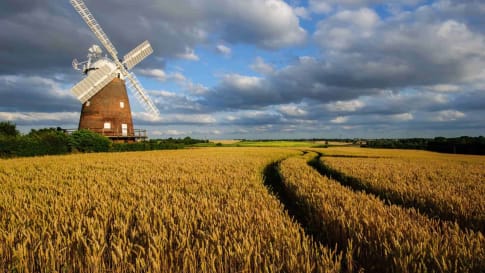
23 days
AprAgrarian and Industrial Britain | Small Group Tour for Mature Travellers
Visiting England, Wales
A small group tour of England that will explore the history of Agrarian and Industrial period. An escorted tour with a tour director and knowledgeable local guides take you on a 22 day trip to key places such as London, Bristol, Oxford & York, where the history was made.
From A$17,275 AUD
View Tour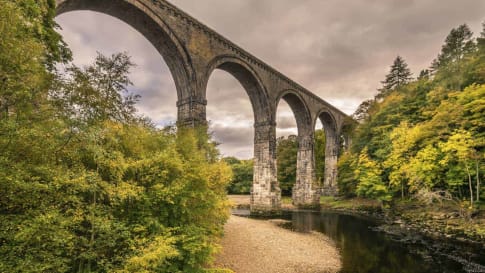
23 days
Oct, Apr, SepCanals and Railways in the Industrial Revolution Tour | Tours for Seniors in Britain
Visiting England, Scotland
A small group tour of Wales, Scotland & England that traces the history of the journey that is the Industrial revolution. Knowledgeable local guides and your tour leader share their history with you on this escorted tour including Glasgow, London, New Lanark & Manchester, Liverpool and the Lake district.
From A$17,860 AUD
View Tour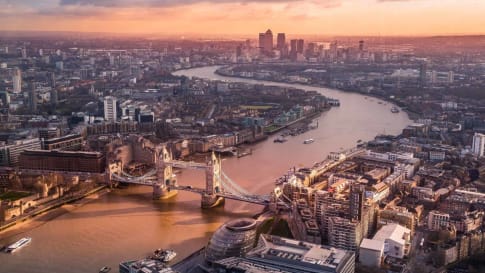
6 days
Apr, SepLondon Short Tour
Visiting England
A small group tour of London is a collection of day tours that visit and explore through the villages of the city. This escorted tour includes a journey out to Windsor castle. We explore Contemporary and learn about Roman Walled city, Medieval, Victorian London and the contemporary city today.
From A$6,995 AUD
View Tour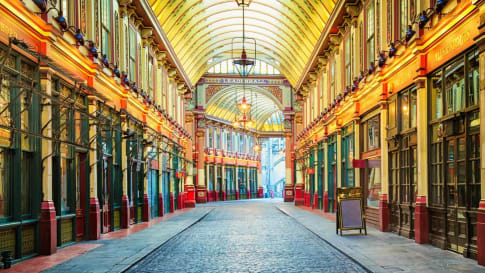
21 days
Sep, JunQueen Victoria's Great Britain: a small group tour
Visiting England, Scotland
A small group tour of England that explores the history of Victorian Britain. This escorted tour spends time knowledgeable local guides with travellers in key destinations in England and Scotland that shaped the British isles in this period including a collection of UNESCO world heritage locations.
From A$15,880 AUD
View TourRelated Articles
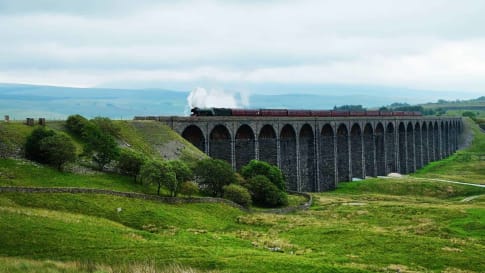
15 books on Britain's Industrial Revolution
Fifteen books on Britain’s Industrial revolution This reading list on Britain’s Industrial revolution complements Odyssey Travellers escorted small group tour that traces via the canal and railway network, the evolution of this monumental change in…
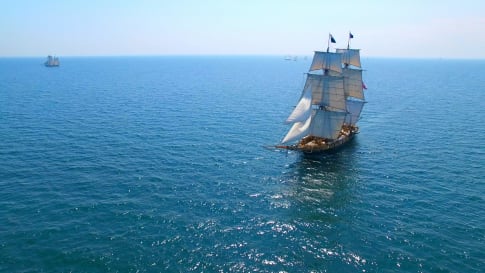
Atlantic Packet Ships
Setting sail no matter what the condition, the Black Ball Line packet ships quickly became popular to businessmen and passengers alike, valued for their predictability. Other companies soon caught on to the revolutionary business venture, with scores of competing North Atlantic lines springing up in no time on the ports of New York.
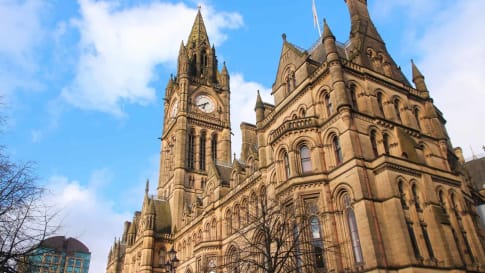
Bees in Manchester: a surprising symbol of the Industrial Revolution
Bees in Manchester: a surprising symbol of the Industrial Revolution The bee is an intriguing symbol for the city of Manchester. The city’s damp climate provided the ideal conditions for milling cotton. But this is…
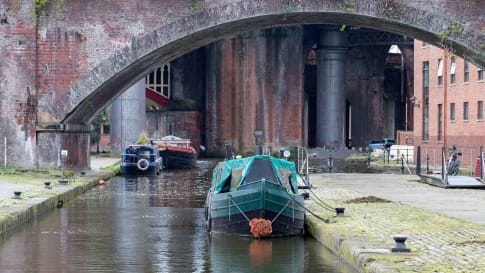
Britain: First Industrial Nation
Britain: The First Industrial Nation In the mid-18th century, the Industrial Revolution was largely confined to Britain. Historians and economists continue to debate what it was that sparked the urbanisation and industrialisation that would change…

Canals and the Industrial Revolution, UK
An Antipodean travel company serving World Travellers since 1983 with small group educational tours for senior couples and mature solo travellers. This article for travllers provides an introduction to the birth of Englands canal network at the start of the industrious and then the Industrial revolutions.
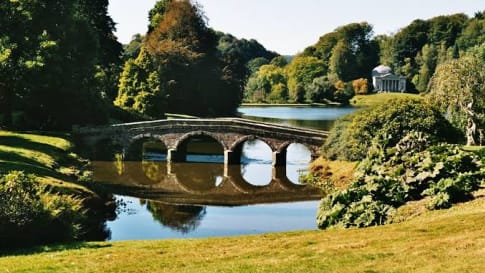
Capability Brown: The English Garden Genius
Article for senior couples and mature solo travellers interested in gardens and design in England and Europe with small group tours of interest.. Brown is regarded as a genius.
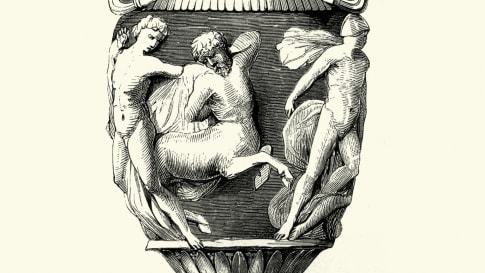
England's Consumer Revolution
Article about the arrival of luxury brands and leisure time in England. Story supports small group tours to Britain and it's history from the Bronze age to the Romans, Vikings, Medieval period through to the industrial revolution and the wealth created. An Antipodean travel company serving World Travellers since 1983 with small group educational tours for senior couples and mature solo travellers.
England's Liverpool: Port City, Architecture Marvel
Article for educational small group tours about the Port City of Liverpool. An Architecture Marvel from Georgian times, built on trade, some good, some horrific. Read and learn more before joining a tour for senior couples and mature solo travellers interested in culture, learning and the arts.

Exploring Newcastle upon Tyne: The Definitive guide for Travellers
Newcastle upon Tyne is discussed in this article for senior couples and mature solo travellers on an educational small group tour. Learn about this English city and the Romans, Vikings, Middle ages and Victoria and the Industrial revolution.
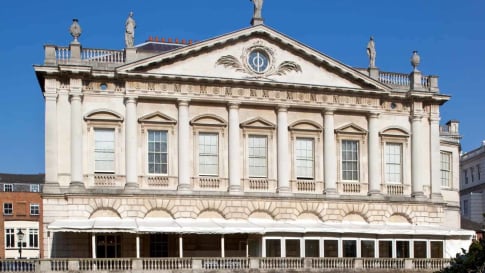
Georgian Style of Architecture: Definitive Guide for Seniors
Article to provide the senior couple or mature solo traveler with an appreciation of the influence of Georgian Architecture in Britain when on a small group educational tour.
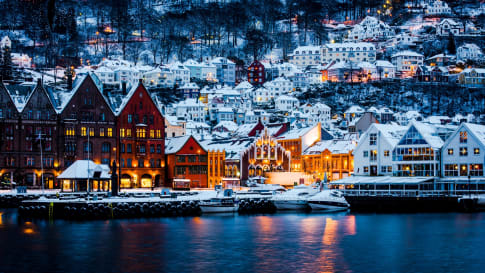
Hanseatic League
An Article on the early trading of Germany and the Baltic states by an Antipodean travel company serving World Travellers since 1983 with small group educational tours for senior couples and mature solo travellers who are curious.

Industrial Revolution. Britain's contribution to the world
Britain and the industrial revolution. A progressive period that spanned Queen Victoria's period. Small group package tours for mature and senior travellers explore this fascinating period of history across England and Scotland and key cities such as Manchester, Liverpool, Newcastle and Glasgow.
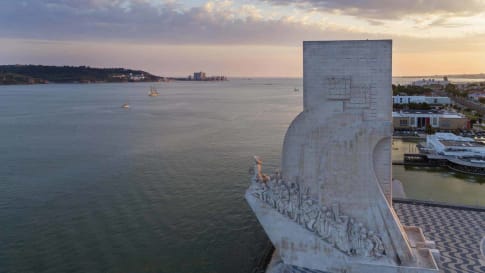
'Queen of the Sea': Lisbon: The Definitive Guide for Travellers
‘Queen of the Sea’: A History of Lisbon In 1554, the writer Damião de Góis claimed that out of all the European cities, only Lisbon and her rival Seville ‘could rightfully be called Ladies and…
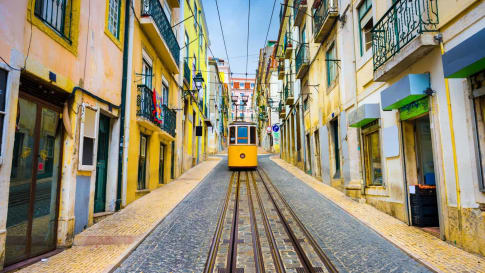
The Golden Years of Lisbon
Successfully breaking the Venetian monopoly on spices and also cornering the African market made Portugal cash-rich. Pepper, which the Portuguese bought for two cruzados (gold coin) a sack in Cochin, India, was sold for 30 cruzados in Lisbon.
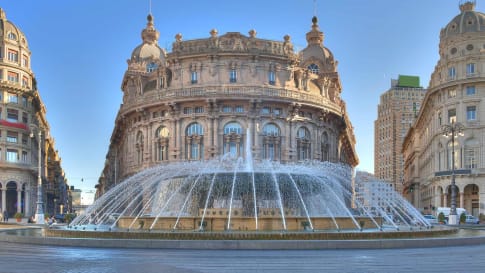
History of Genoa, Rival to Venice
In this article, we will look at the history of Genoa, and its rivalry with Venice that led to several wars fought between the two city-states in the 12th to 14th centuries.
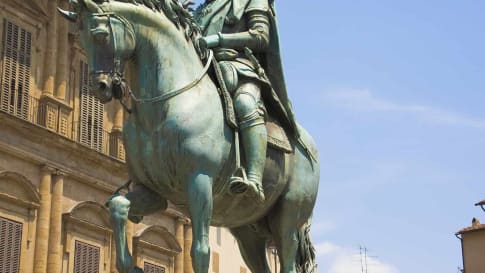
The Rise of the House of Medici
The House of Medici was an Italian banking family and political dynasty that de facto ruled the city of Florence during much of the Italian Renaissance.

Venice and its Merchants
An article that takes you on a journey to Venice in the Middle Ages and beyond. The famous merchants of 'La Serenissima' who dominated this medieval powerhouse for hundreds of years. Learn before joining one of the small group tours for mature and senior travellers couples and solo travellers to Venice and many other destinations in Italy.



